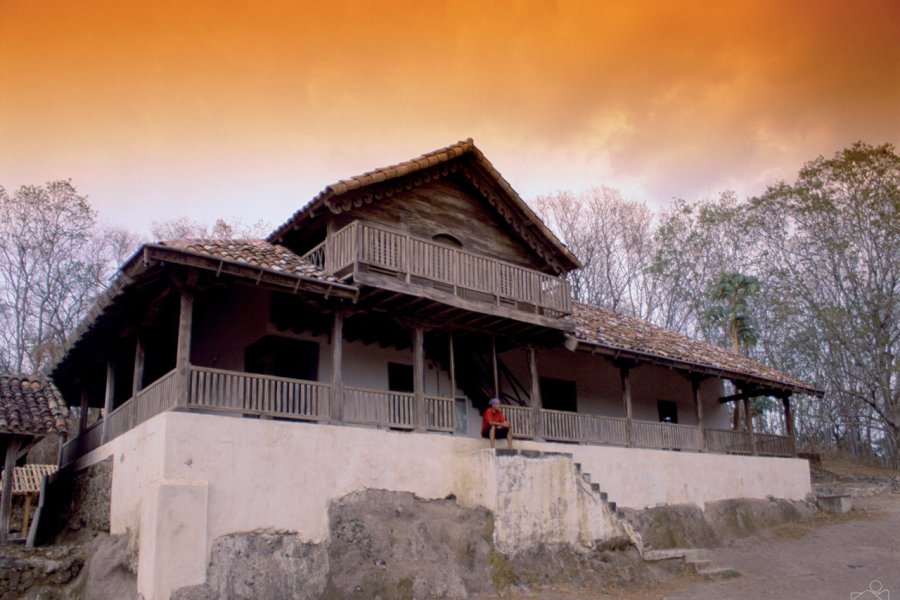Travel Guide Parque Nacional Santa Rosa
Find an accommodation
Advertising
The conservation area of Guanacaste forms a large protected area that includes the Santa Rosa Park, the Rincón de la Vieja Park and the Guanacaste National Park, among the most recent in Costa Rica (opened in 1989), whose main activity is research. Separated from the first one by the Interamericana, the Guanacaste National Park is the perfect ecological extension in the western part, then 2 volcanoes impose their relief, the Orosí volcano and the Cacao volcano that can be climbed. The national park of Santa Rosa is open to the public. It protects the typical habitat of the tropical dry forest, a rare ecosystem in the world. This piece of land that covers almost the entire Santa Elena peninsula was, a few decades ago, devastated by deforestation and forest fires. The area was then declared protected to allow its reforestation and the study of the regeneration process of a forest. The Casona was devastated by a fire in 2001, but the museum was able to reopen in the house rebuilt identically. To observe the fauna, it is better to go there during the dry season, when the animals gather around the rare water points and the insects are less numerous. But it is also in this period that groups of visitors flock because it is possible to circulate in 4x4 in the park. In the past, people used to come here to see the turtles, especially Ridley's turtles, laying eggs in Playa Nancite, in the north of the Gulf of Papagayo. But the access to the beach is now restricted to 25 visitors at a time, following exactions committed by indelicate people. To go there, reserve your place with the park authorities. Other animals can be seen year-round, including a large black and white jay with a call that is even more raucous than that of any of its fellows. There are about 50 species of bats here. Other mammals range from monkeys to coyotes and coatis. As for the flora, two trees are particularly interesting. The first, an imposing tree with wide branches, gave its name to the province of Guanacaste, of which it has become the symbol. The second, the gumbo limbo, is easily recognizable by its burnt bark, associated with the color of the Indians. Finally, for the surfers, it is in Santa Rosa that they will be able to face the waves of Peña Bruja, in Playa Naranjo.
Suggested addresses Parque Nacional Santa Rosa
Weather at the moment
Advertising
Organize your trip with our partners Parque Nacional Santa Rosa
Transportation
Book your plane tickets
Car Rental
Boat rental
Accommodation & stays
Find a hotel
Holiday rental
Find your campsite
Tailor-made trip
Immersion travel
Services / On site
Activities & visits
Find a doctor





